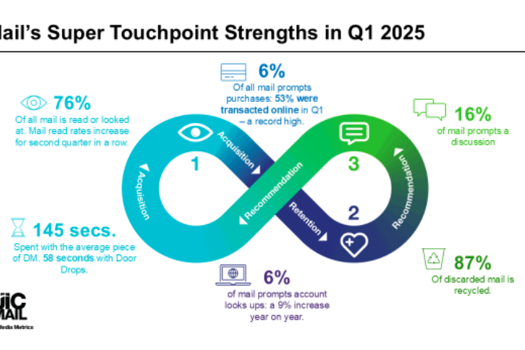Manufacturing process
Short runs with tighter service-level agreement terms are increasingly defining demand. Clients want faster, more responsive, and sustainable service delivery.
Simple to set up digital technology supports this with the:
- Cost-efficient on-demand production of jobs of varying volumes from mass production to custom orders
- Elimination of time-consuming setups for the immediate and faster production of short runs to cut lead times
- Increased ease-of-use to reduce dependence on labour
- Ability to handle diverse jobs and adapt to changing demands swiftly
- Reduction in water and energy consumption to cut greenhouse gas emissions and minimise waste. By meeting the highest sustainability standards, businesses comply with regulations and cut utility spending to appeal to environmentally conscious customers
Product delivery
A streamlined process is only truly effective if it produces impeccable products that meet the demanding requirements of today’s customers and the top brands targeting them. Consistency in printing is the key to maintaining brand integrity, as are high-quality results and reliability in colour matching and print quality.
Businesses using these technologies can produce top-quality, multi-coloured designs in vibrant neon colours and with impressive details. By meeting the strictest, most demanding standards, they can build trust with their clients and become regular partners for brands.
Bottom line
The transition to digital opens up new markets previously inaccessible with traditional screen printing. From custom short runs to large-scale production, digital solutions provide the versatility needed to thrive. These technologies allow businesses to handle a broader range of jobs and design options, bringing newfound flexibility that opens up fresh growth and enables companies to approach new markets.
Efficiency and quality improvements boost business performance and total cost of ownership (TCO). Thanks to optimised equipment utilisation and a quick path to profitability, even on short-to-medium runs, a competitive TCO can be achieved. On-demand printing alone frees businesses to showcase many options without committing to costly, risky stock production and management. With 78% of retail and fashion brands setting targets to reduce overproduction, this is a must. Businesses can also cut costs in terms of headcount, floor space, utility bills, rework materials, and more, making profitability more achievable than ever, even on short-to-medium runs.
In the competitive world of screen printing, businesses can boost every aspect of their production by embracing advanced digital textile printing technology. From setup-free solutions that streamline operations to high-quality, consistent results that meet strict brand requirements, these innovations pave the way for growth and efficiency.
With single-operator digital solutions like Kornit’s MAX technology, printing speed can leap from 150 to 400 impressions per hour while minimising employee headcount and eliminating dependency on special skills and experience. Fewer human errors prevent the need for rework and minimise the bottlenecks they cause. This significantly cuts businesses’ labour costs. The combination of speed and quality boosts operational efficiency, helping manufacturers meet tight deadlines and deliver exceptional results.
Further supporting businesses transitioning to digital is Kornit’s digital textile printing solution’s ability to match the quality of traditional screen printing, including Pantone matching and spot colours, as well as offer consistent quality that was once thought impossible but is now a reality.
By transitioning to Kornit’s digital solutions, companies can unlock new revenue streams, enter new markets, and thrive in an ever-evolving industry. Contact us to learn more about how you can significantly increase your production capabilities and elevate your business.











